This week we re-visit the WHS fundamentals, focusing on proactively managing WHS risks. Risk management is integral to a safe and healthy workplace.
Proactively managing WHS risks involves thinking about what could happen if someone was exposed to a hazard and how likely it is to happen. You have a duty to manage health and safety risks to keep workers and other people (e.g. visitors) safe.
Safety doesn't happen by chance or guesswork. It requires risk management and doing the WHS fundamentals well.
- Proactively manage WHS risk. It is not a set and forget process.
- Genuinely consult with workers throughout the risk management process. Workers have important 'on the job' insights and experience that can help to identify hazards and make better decisions about how to manage them.
- Train and support workers to identify and report hazards and understand the control measures in place to keep them safe.
And remember - safety is everyone's business!
1. Identify hazards, then assess the risks
Hazards are the things or situations that could cause physical or psychological harm, or both.
There are a range of ways you might identify the hazards in your workplace.
- Talk to your workers and their representatives.
- Survey your workers.
- Develop reporting mechanisms for workers to report hazards.
- Observe the workplace, working conditions, the way work is performed, and the way people behave and interact.
- Think about the plant, substances and equipment used.
- Review your records on injuries, illnesses and incidents, complaints, inspection reports, absenteeism, hours of work/overtime.
- Educate yourself about the types of hazards commonly found in your industry and other similar workplaces.
Even if workers haven’t raised concerns, don’t assume everything is okay. Are there reasons why workers might not be raising concerns with you? (e.g. they might not think it’s a priority). Make sure you actively encourage workers to report hazards.
Once hazards have been identified, assess the risks they create.
Assessing risks helps you understand how severe the risks are and where you need to do something to manage them. Consider things like who might be affected, what could happen, how it could happen, how serious the harm could be, how likely it is, and what might make things worse.
Consider hazards together rather than individually. Workers may be exposed to more than one hazard at a time, and this may increase the risks.
You may not need to assess risks if the hazards, risks, and control measures are well-known. However, a risk assessment is mandatory for certain activities and hazards.
2. Control the risks
The most effective way to control risks is to eliminate them (e.g. redesign work to stop doing a hazardous task or remove the hazard from the workplace). If it isn’t reasonable in the circumstances to do this, you must minimise the risks.
There are lots of different ways you can control risks. Use the most effective and reliable control or combination of controls. The hierarchy of control measures helps too. Keep aiming to minimise the risk until it is not reasonable in the circumstances.
Talk to your workers about possible control measures and what might work best. Workers are likely to have good ideas or insights based on their knowledge and experience.
Consider hazards and control measures collectively. It will help prevent controlling one risk which inadvertently makes another risk worse.
3. Monitor and review - It’s an ongoing process
Proactively managing WHS risks is not ‘set and forget’. Closely monitor and regularly review control measures to ensure they are working as planned. Consider if there is something more or different you need to do to minimise the risks further.
A review is required:
- if monitoring shows that the control measures are not working
- before you make a change at the workplace that might create new risks that need different controls
- if you identify new hazards or risks
- if workers raise concerns, or
- if a health and safety representative requests a review.
You should keep a record of your risk management process, including your consultation with workers. This allows you to demonstrate you have met your duties and will assist you to monitor and review the identified hazards and controls you have put in place.
Learn more
Risk management fundamentals
- Managing WHS risks | Safe Work Australia
- model Code of Practice: How to manage work health and safety risks | Safe Work Australia
- Identify, assess and control hazards | Safe Work Australia
Consulting your workers
- Consultation | Safe Work Australia
- Consultation checklist | Safe Work Australia
- How to consult your workers | Safe Work Australia
- Consulting with workers – Duties for PCBUs – Safe Work Australia
Supporting your workers
- Duties of a PCBU | Safe Work Australia
- WHS outcomes for apprentices and trainees | Our Data. Your Stories
This October we will focus on a different health and safety area for each week of National Safe Work Month.
Stay updated
To keep updated about National Safe Work Month, follow us on social media and subscribe to our mailing list. When subscribing, be sure to check ‘National Safe Work Month’.
Subscribe | Facebook | LinkedIn | Instagram | YouTube | #SafeWorkMonth #SafetyIsOurBusiness


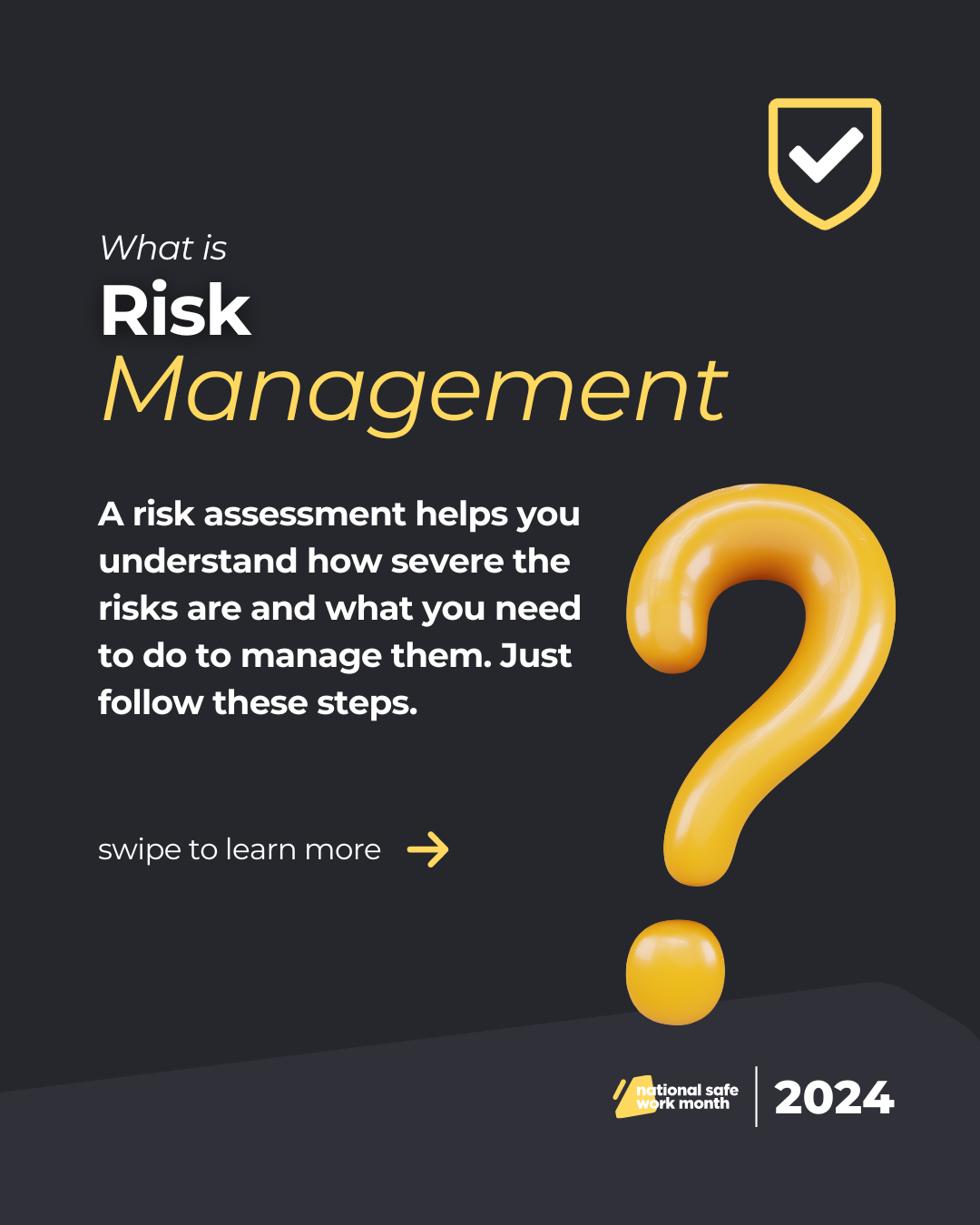
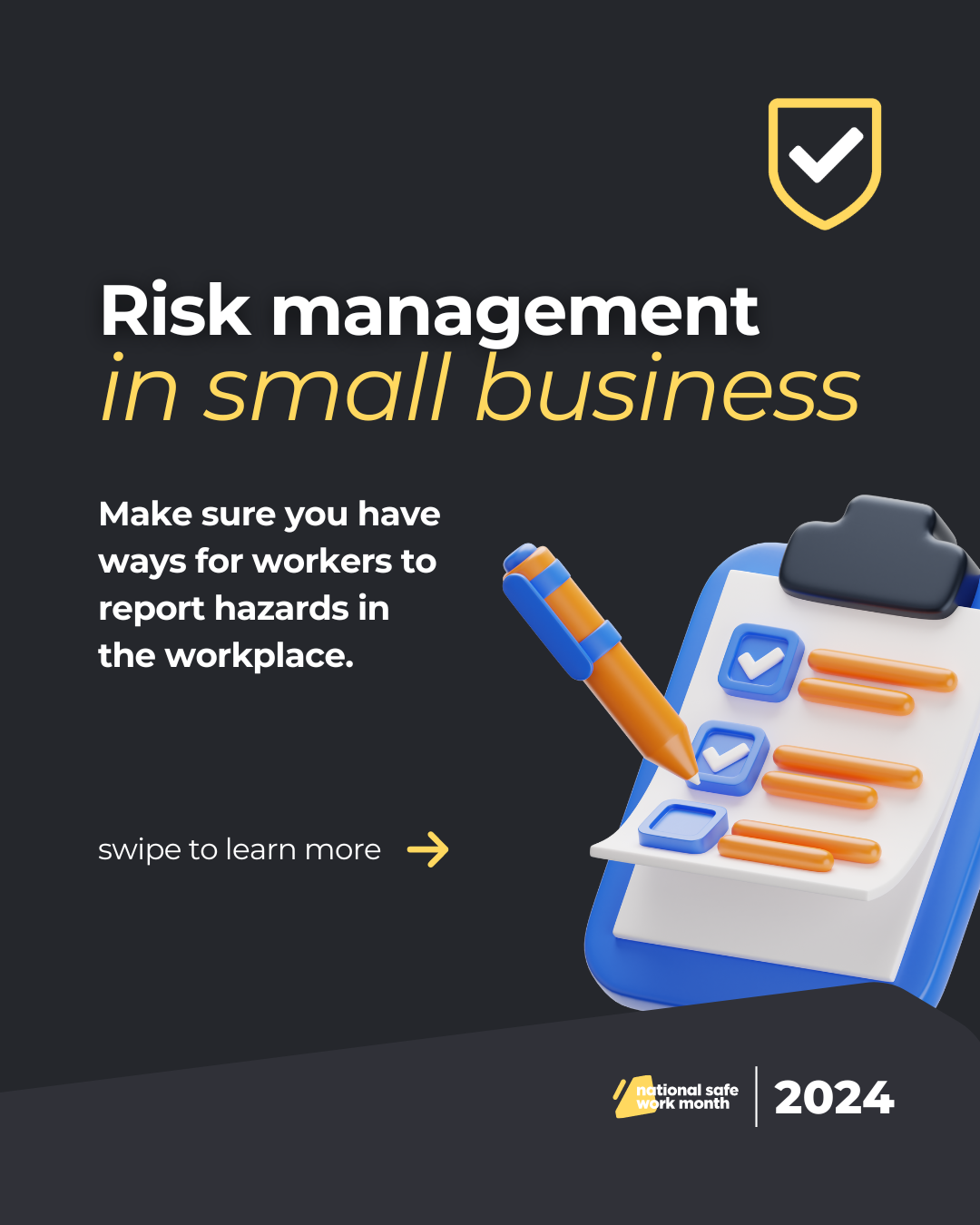
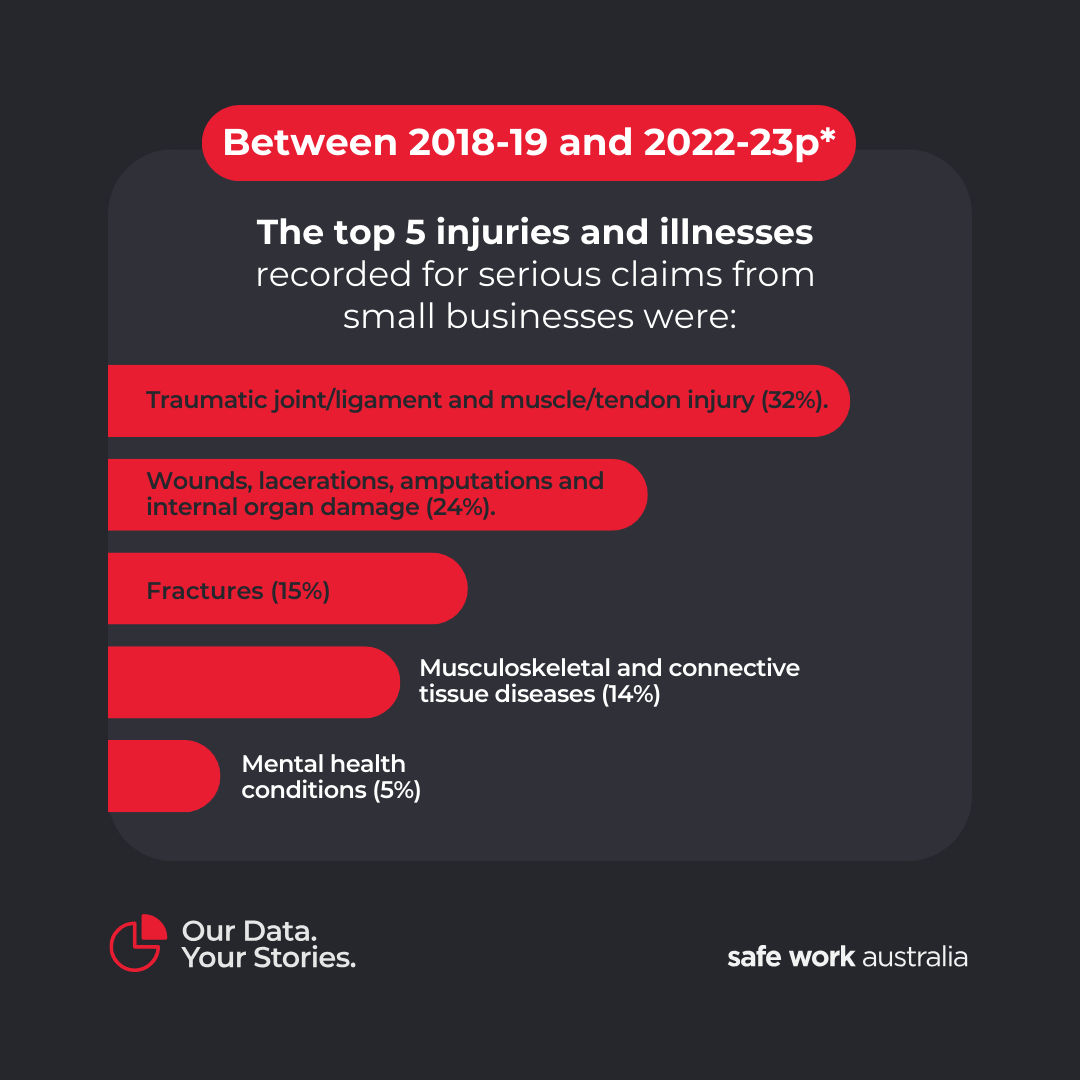
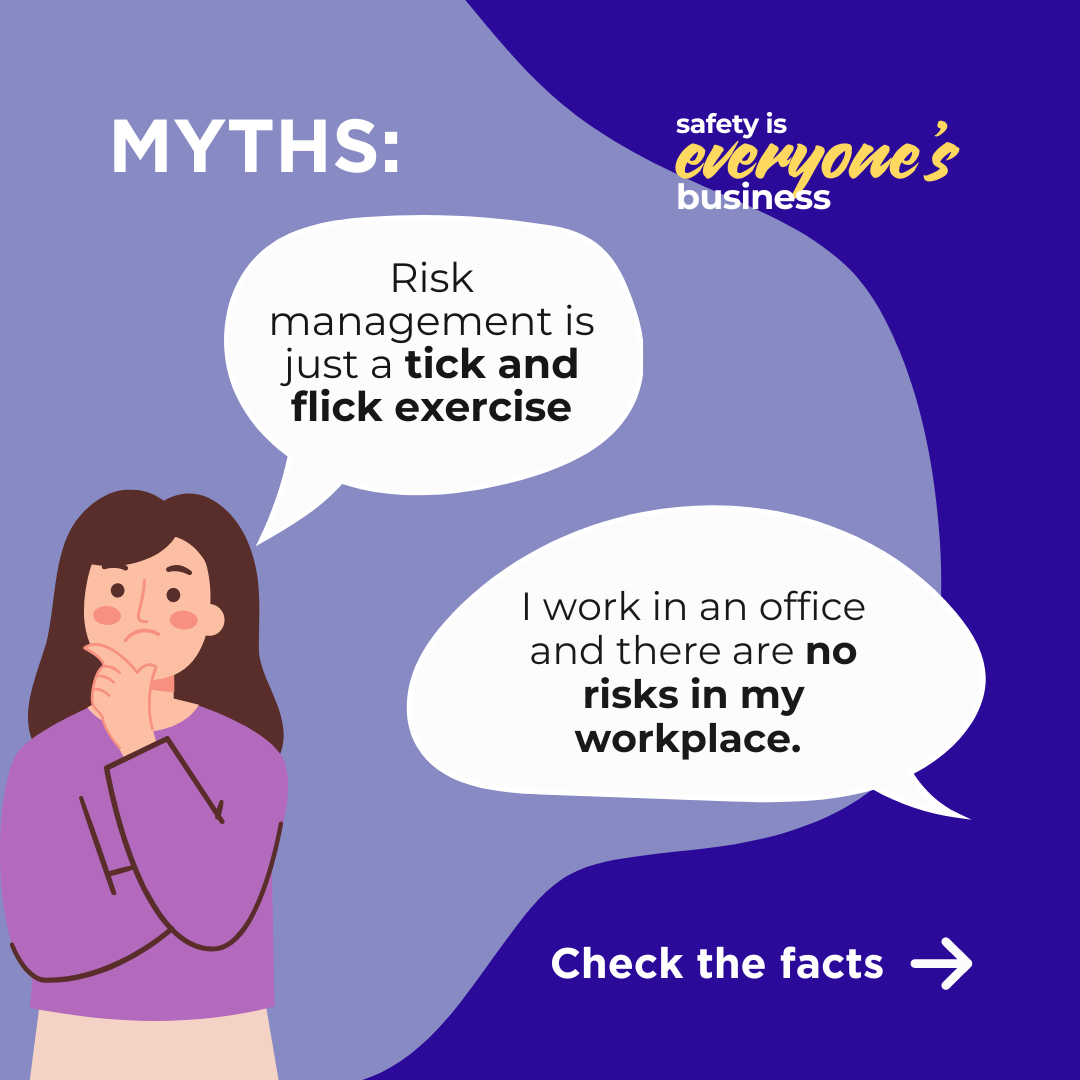
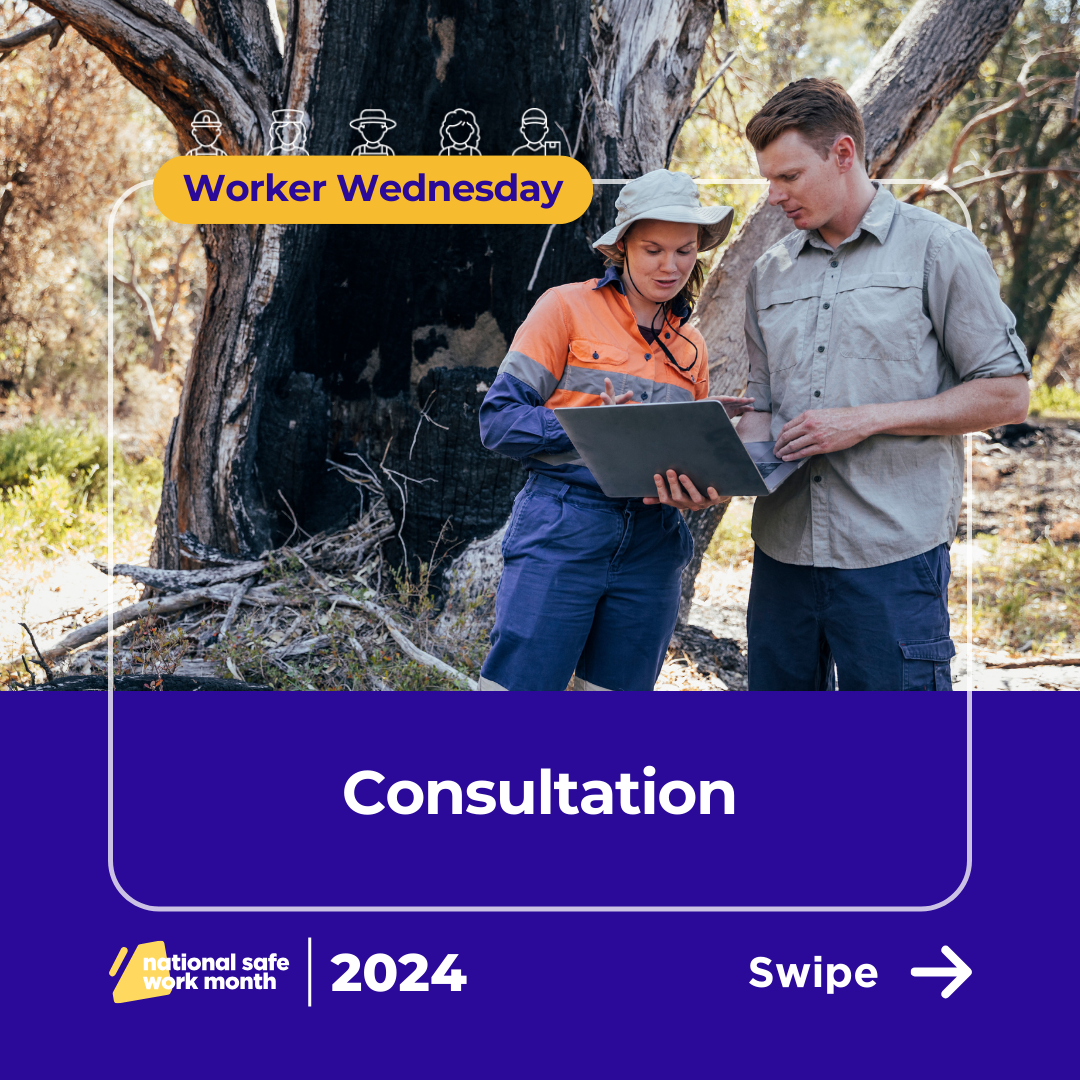
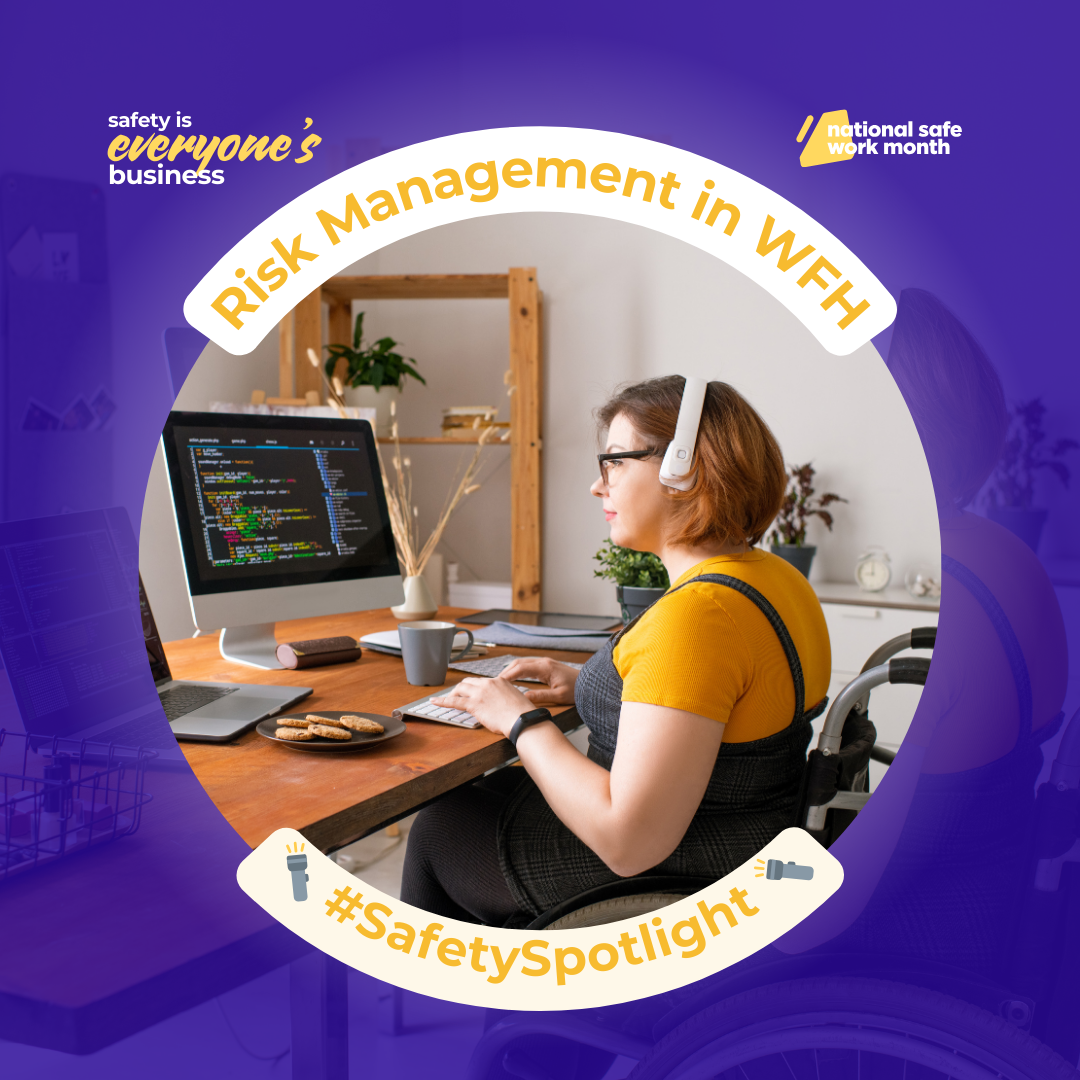


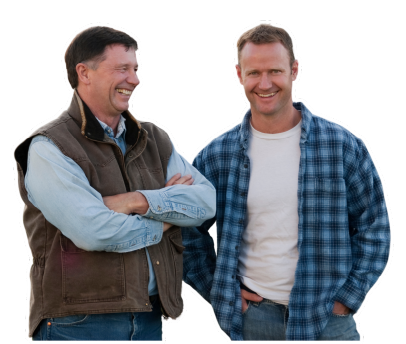
Week 3 (14-20 October)
Risk management fundamentals
Risk management is integral to a safe and healthy workplace. This week learn how to undertake a WHS risk assessment, including how to identify hazards in the workplace.